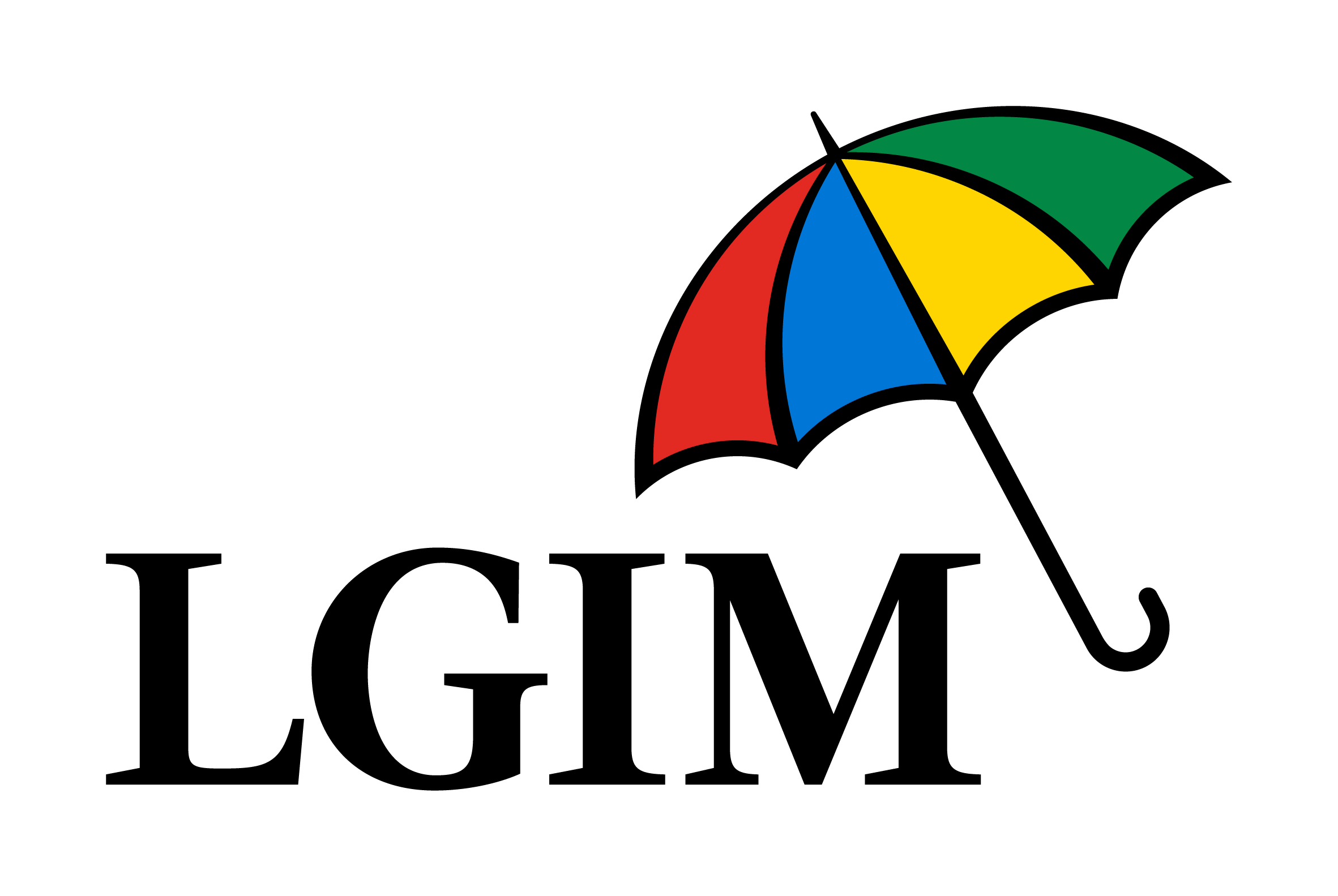A potentially transformative few weeks for St. James’s Place has seen it plot overhauls to its fee structure and a shift to incorporating passives, however, only time will tell whether such shake-ups will be enough to convince a generation of investors raised on ready-made, low-cost portfolios.
On Tuesday the UK’s largest wealth manager announced the most significant reshuffle of its fees in its 33-year history. This included “unbundling” component parts, removing penalties on withdrawals before six years and the six-year gestation period – or waiver – on management fees.
While the changes come in the wake of regulatory pressure for SJP to make its fees fairer for consumers, outgoing CEO Andrew Croft signalled the moves could open a new door for the manager’s asset allocation offering, which has made its name on managed segregated mandates.
“One of the benefits of doing what we are doing is that it is going to give us greater agility in the future,” Croft told analysts.
“It will be easier to do something with passives than it would be today with the current [fee] structure.”
Though SJP had already dipped its toes into passives with its index-linked gilts fund and “passive plus” offering, the recent nod to index trackers and revising fees has been perceived as a more meaningful juncture.
With the firm’s chief financial officer Craig Gentle forecasting the upcoming overhaul will cost the firm between £140m to £160m between 2023 and 2025, SJP’s share price shed 15% over the week to 18 October.
However, potential end clients need to assess whether recent developments signal the start of a DNA change in the UK’s posterchild legacy wealth manager or whether recent developments were mainly for the benefit of regulators.
On the one hand, the appointment of Justin Onuekwusi – former head of retail investments EMEA at Legal & General Investment Management (LGIM) – as CIO earlier this month nods to an interest in adding passive expertise among its senior ranks.
On the contrary, SJP did not comment when asked about its plans to expand its index-tracking offering.
Far from rushing to challenge the low-cost disruptors within wealth management – such as robo-advisers and neobrokers – SJP also announced its new fee structure will not come into force until H2 2025.
Early exit penalties will also still be applicable to existing SJP customers and its maximum ongoing advice fee will be raised from 0.5% to 0.8%. Future customers will also still be subject to the manager’s lofty 4.5% entry fee.
It seems, then, that even if years of S&P Dow Jones Indices SPIVA reports do end up convincing SJP to go the way of other wealth managers in allowing more passive funds into its toolbox, the other benefit of index trackers – cost efficiency – will be lost on SJP clients.
The challenge in this scenario will be convincing its vast 900,000 strong client base its ‘secret sauce’ and advisory relationships justify its fees, especially as alternatives including ETF savings plans are forecast to see usership quadruple in Europe by 2028, offering the next generation of individual investors quick access to portfolios at a fraction of the cost.





